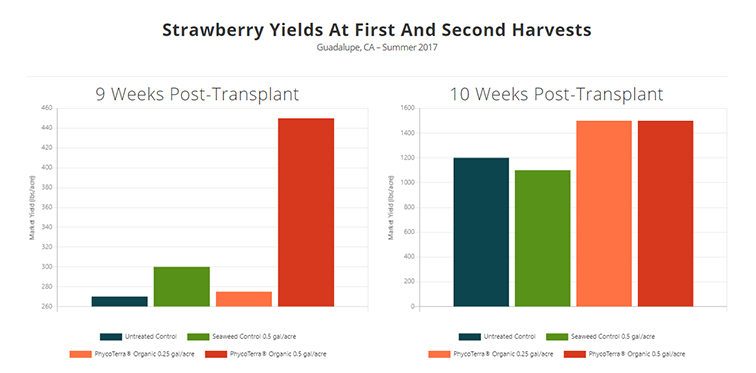New Approaches to Profitability in Stone Fruit Production
Following a year like 2019, with all the challenges it posed from weather and pests to labor and markets, you might expect the outlook for 2020 to be a bit reserved. But for a solid percentage of the nation’s stone fruit growers, the upcoming season offers opportunity for those willing to try something new.
While respondents to last year’s State of the Industry Survey talked a lot about invasive pests like spotted wing drosophila, or unstable weather patterns and insufficient chill hours, this year’s stone fruit growers identified a number of areas where they feel optimistic.
These growers represent a familiar cross-section of the U.S. stone fruit market. Two-thirds have sales of $1 million or less. Half sell their fruit direct to consumers, and 76% consider themselves conventional, not organic, growers. Interestingly, 61% of respondents said they use some type of precision agriculture tools on their farm, indicating that the use of new technology is moving beyond just the largest growers. And that openness to new approaches may be behind some of the expectations for growth in 2020 as identified by our survey respondents.
So, what was the best thing these respondents did to improve profits in 2019, and where do the nation’s stone fruit growers see the most opportunity in 2020?
Like most good growers looking to manage profitability, a number of the respondents to this year’s survey are focused on the cost side of the equation. Reducing labor expenses and tight budget monitoring were common replies.
That said, many reported trying new approaches in the orchard or with their businesses to enhance the bottom line.
New markets were a positive contributor for a number of respondents. One Utah stone fruit grower reported making marketing improvements and doing more direct sales to grocery stores. Another small, sweet cherry and plum grower in Wisconsin said a second year of pick your own (PYO) brought in more customers in 2019.
One California grower is tagging rare, locally produced stone fruits — such as dates, mulberries, and mangoes — as promising new crops to help carve out new markets.
Others report making changes with the crops or the tools they use in the orchard.
“[We are] grafting to a newer and more vibrant variety,” said a Washington cherry grower.
“Younger plantings are starting to produce and [we are] implementing more technology in our spray tractor,” added a larger California prune grower.
“Dwarfing the orchard, decreasing cost per unit, and staying on the early side of Pacific Northwest cherry production,” are key moves for one Pacific Northwest grower.
One New York grower marketing a wide variety of stone fruit took a path n 2019 that most producers would benefit from: “We raised prices where we could,” he said.
Another offered an even simpler philosophy.
“The same thing we’ve done for the last 100 years,” said a Washington sweet cherry grower. “Grow the best quality fruit we can of the most desirable varieties.”

What do you think? Submit a comment below.











